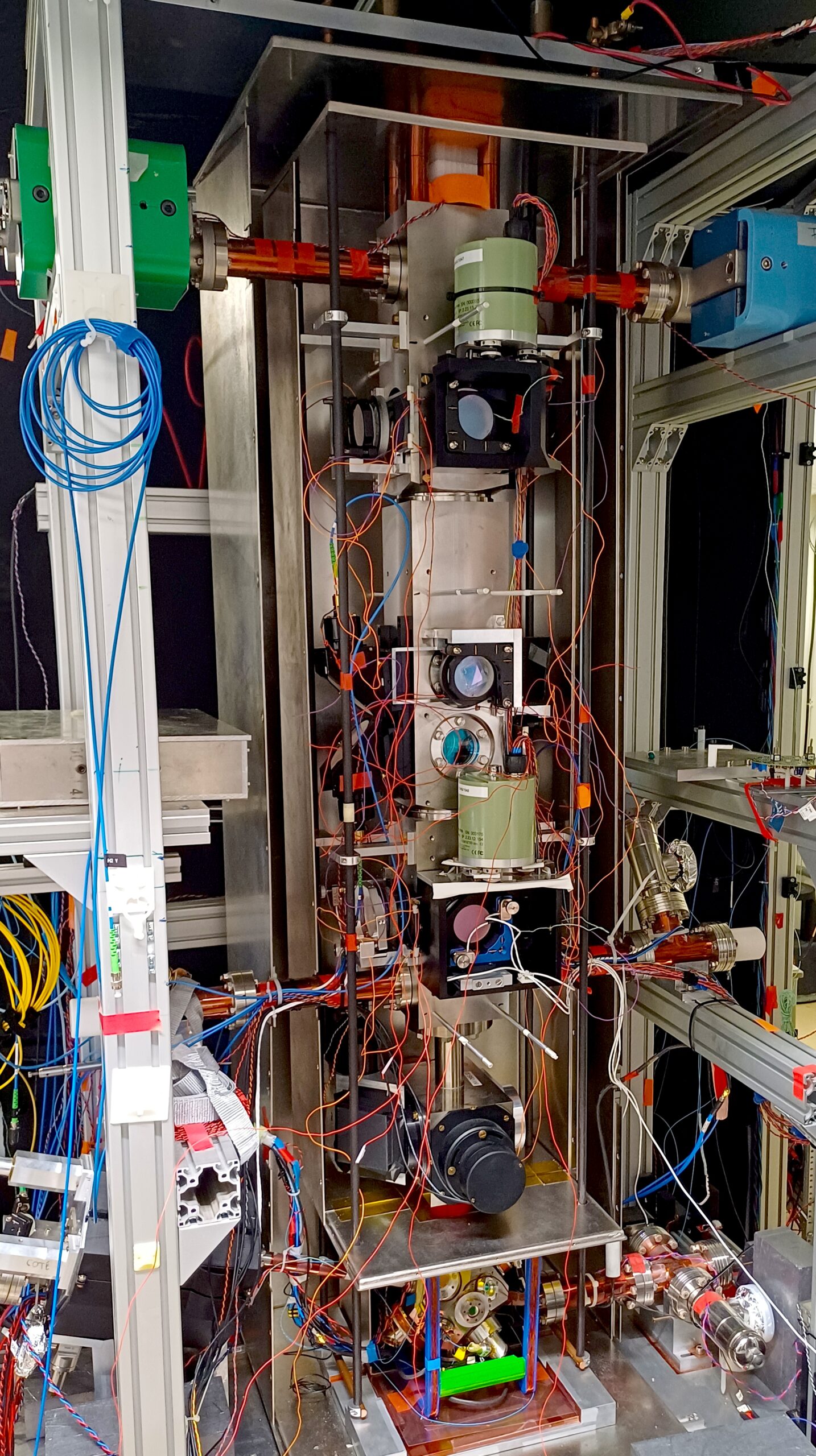
QAFCA
Cold Atom Quantum Sensors: Measuring the Gravity Field at all Scales
Project managers
Arnaud Landragin, Observatoire de Paris-PSL
Overview
Cold atomic sensors represent a revolution in gravity field measurements, providing a unique reference system for climate change analysis and a tool for anticipating natural disasters. Among the many anticipated applications for these atomic sensors, the QAFCA project focuses on the field of geophysics.
Keywords: Sensor, atomic interferometry, gravity, geodesy
In a nutshell
As atomic sensors are both highly sensitive and intrinsically accurate, they enable measurements that are separated in time and space to be compared at the highest level. These skills are essential for the creation of reference systems and for monitoring changes in gravity field parameters.
The QAFCA project will help to meet the challenges of natural disaster management (vulcanology, seismology, etc.), and climate change (to monitor sea-level rise, melting ice, hydrological trends, etc.), providing decision-makers with precise information. It can also be used in other fields, such as civil engineering or CO2 storage monitoring.
These new sensors are designed to provide access to measurements inaccessible to conventional sensors, complementing ground-based gravity measurements: either because they can be deployed on mobile carriers, notably ships, or because they can provide access to new quantities such as the derivative of the gravity field using gradiometers, or its integral (gravitational potential) using optical clocks, or seismo-rotational signals using gyrometers. This array of sensors will enable measurements to be taken at all spatial scales of the gravity field.
Challenges
- Develop compact, transportable cold atom sensors to measure gravity fields, with direct societal applications in climate change analysis, natural disaster prediction, civil engineering and CO2 storage.
- Develop a set of generic quantum-engineering methods to either increase sensor sensitivity or enhance measurement capabilities in difficult environments, such as on a mobile carrier.
Tasks
- WP1: Developing sensor use cases for the geosciences
- WP2: Miniaturization, embarcability and autonomy of quantum sensors
- WP3: Advanced atomic optics for future quantum sensors
- WP4: Management and dissemination
Consortium
- Laboratoire Collisions Agrégats Réactivité (LCAR, CNRS / Université Paul Sabatier)
- Laboratoire Kastler Brossel (LKB, Collège de France / CNRS / ENS-PSL / Sorbonne Université)
- Laboratoire Photonique Numérique&Nanosciences (LP2N, CNRS / Institut d’Optique Graduate School / Université de Bordeaux)
- Laboratoire Temps Espace (LTE, CNRS / Observatoire de Paris-PSL / Sorbonne Université)